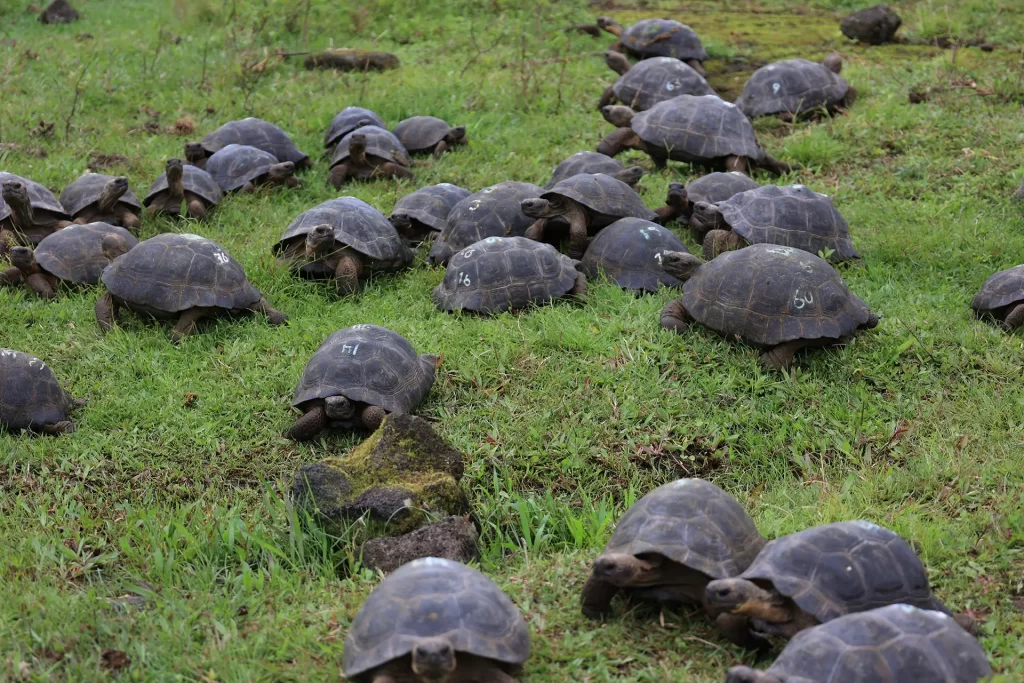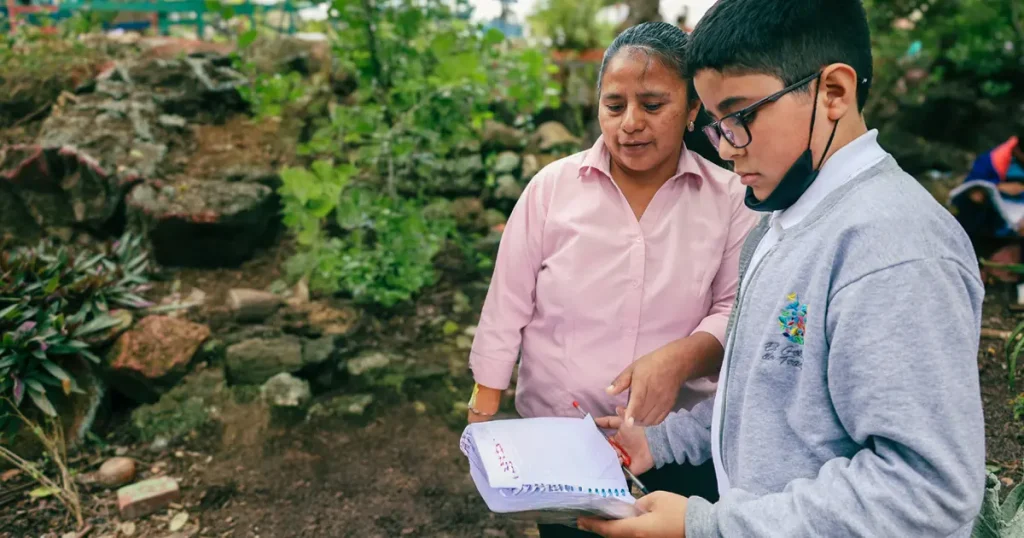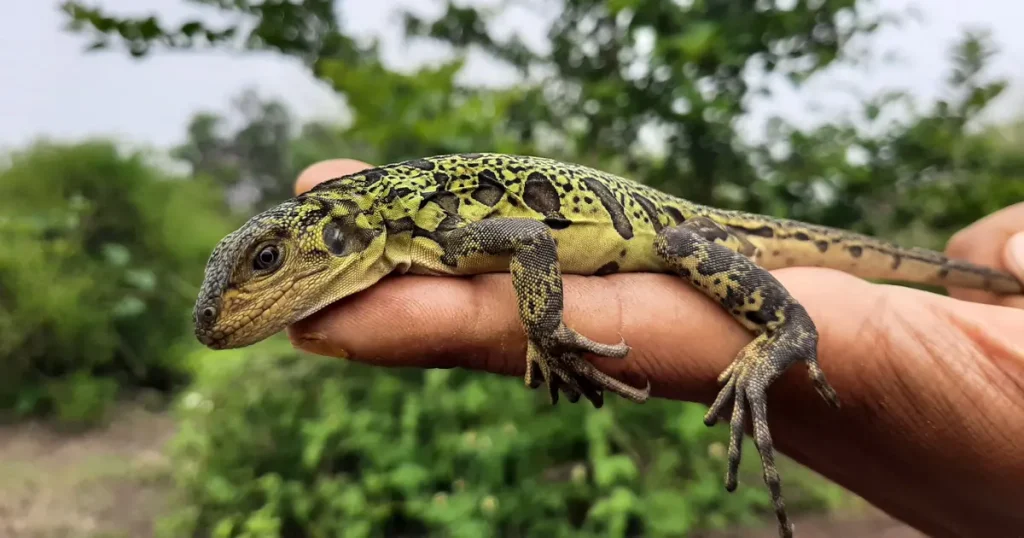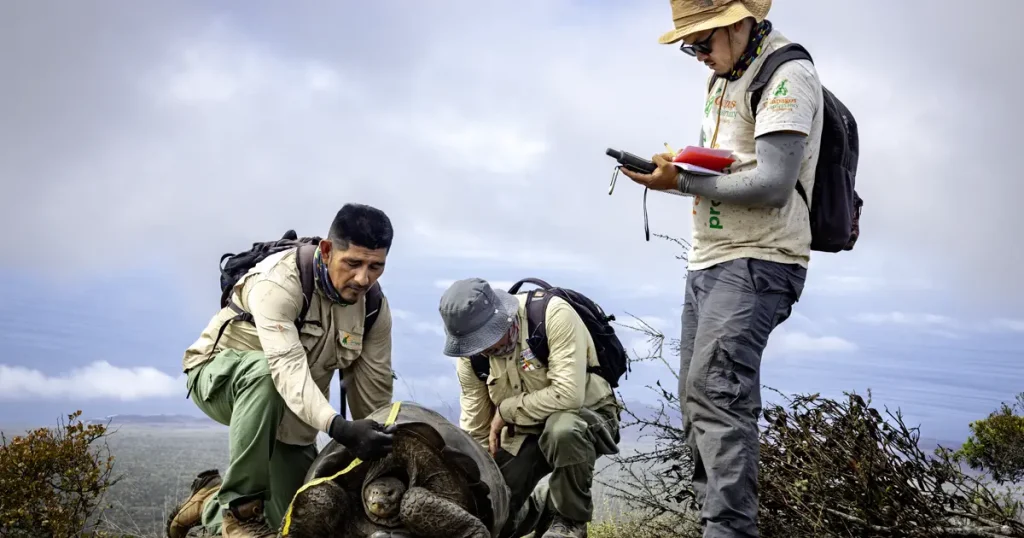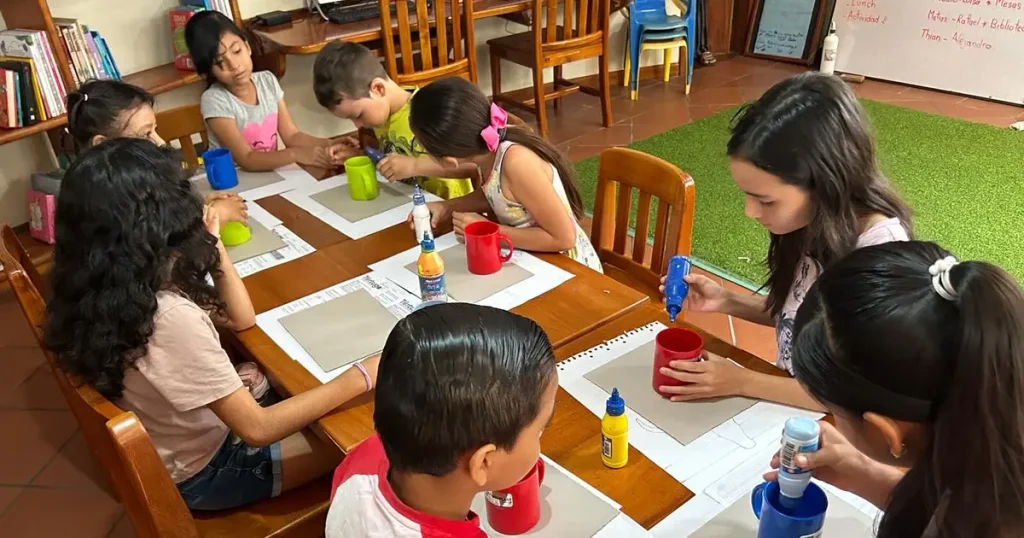The Conservation Expeditions that Defined Iniciativa Galápagos in 2023
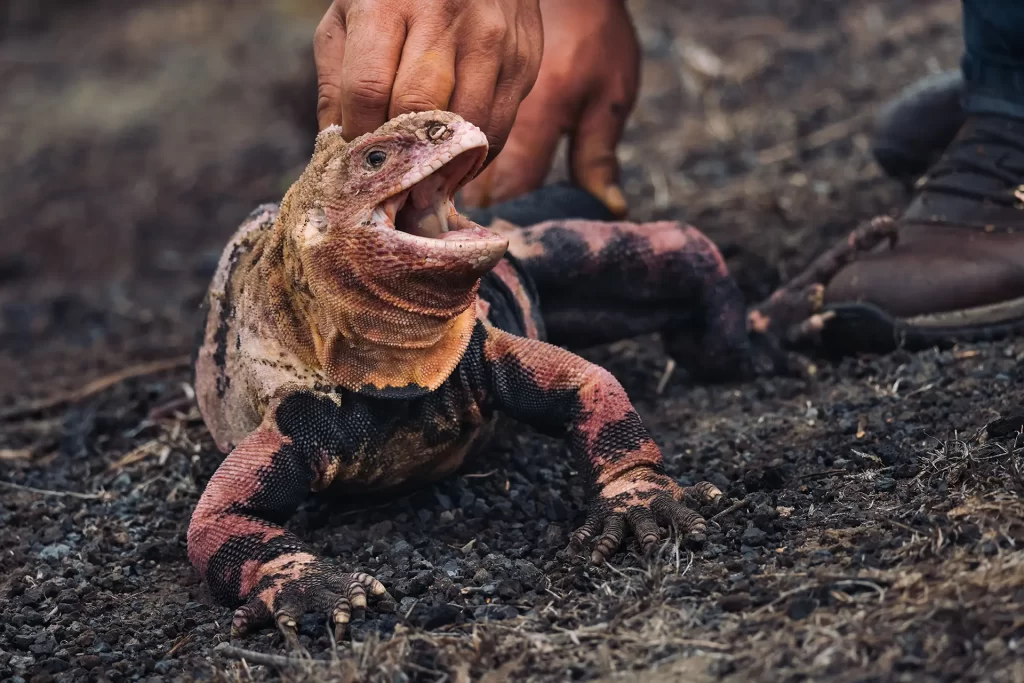
Last year, our team at Galapagos Conservancy conducted 14 successful conservation expeditions across six different islands as part of our Iniciativa Galápagos program, a collaboration with the Galápagos National Park Directorate. Our team explored the crystal-clear waters off Isabela Island, the rugged shores of Fernandina Island, the interior of Española Island, and the serene beaches of Santa Cruz. Each field mission faced different challenges, but all shared the same goal: to conserve the unique species and ecosystems of the Galápagos archipelago.
Many expeditions focused on repatriating over 500 juvenile giant tortoises hatched and reared in captivity to their home islands. One of these – an expedition in March to Española Island – involved the repatriation of 86 juvenile tortoises of the Chelonoidis hoodensis species and represented a crucial step in accelerating tortoise reoccupation of the island. In the 1960s, only 14 individuals of this species remained. However, through continuing efforts to repatriate captive-bred juvenile tortoises, such as those done during this expedition, the tortoise population has increased to around 3,000 individuals today. Because of this success, the captive breeding program has been closed. Yet, there are still 250 tortoises in captivity at the Breeding Center on Santa Cruz Island, awaiting the right time for their release on a future expedition to Española Island.
A significant focus of the 2023 expeditions was conducting the first-ever comprehensive census of the ten different populations of giant tortoise populations living on the southern volcanoes of Isabela island. The preliminary data indicates a slight recovery of the Chelonoidis vicina species, estimated at 5,275 individuals, where it lives on Cerro Azul Volcano. The situation of Chelonoidis guntheri, however, which only lives on Sierra Negra Volcano, remains concerning. The team estimated a population of only 704 individuals. These expeditions uncovered critical insights into the problems both species are facing and what we should do to help each recover.
A significant expedition was also made to northern Isabela Island, where our team extensively searched for the last surviving pink iguanas, Conolophus marthae, in their highly restricted habitat atop Wolf Volcano. During the expedition, we made a noteworthy discovery: two juvenile and one subadult pink iguana were encountered for the first time together. This discovery is fascinating because introduced species on Wolf volcano, mainly cats, pose a severe threat to juvenile pink iguanas. Our observations indicate that the iguanas are reproducing, suggesting that management efforts may be effective. This is a significant finding, considering the global population of pink iguanas is estimated to be only between 250 and 300 individuals.
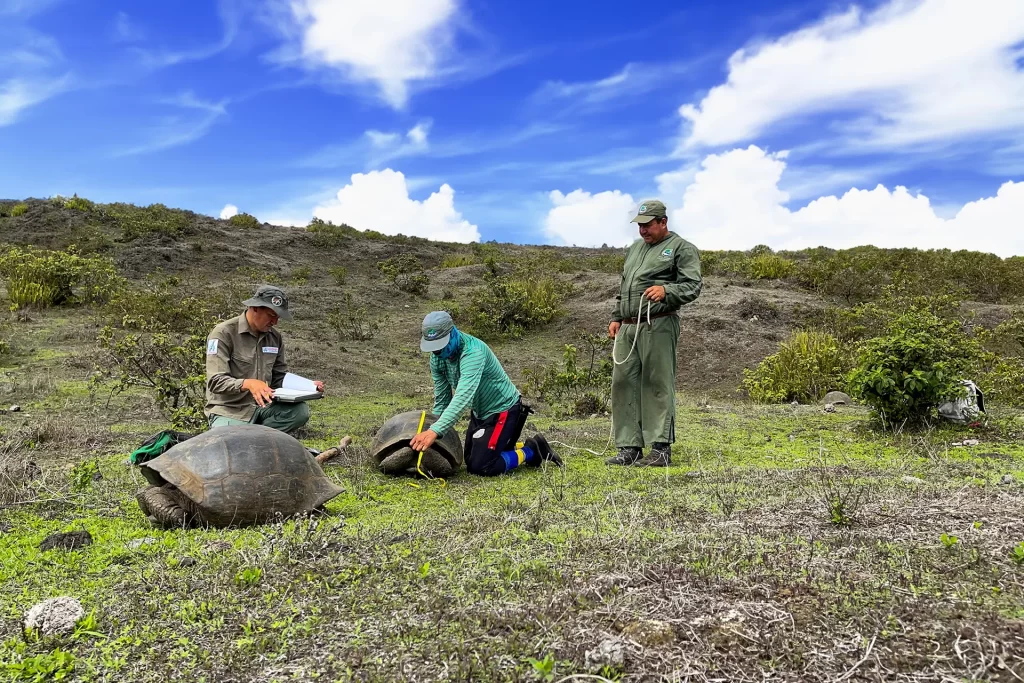
Española Island was the focus of several expeditions to safeguard the Galápagos albatross, Phoebastria irrorata, an endemic and emblematic species of the archipelago whose entire global population nests just that island. In June and August, we spent several weeks counting albatrosses across the whole island to understand better the population’s size, distribution, and trend. While data from previous years suggested a stable nesting population of approximately 35,000 adult individuals, numbers substantially decreased on the island in 2023, likely due to the El Niño conditions that prevailed in 2023, which are now retreating and may permit a population rebound in 2024.
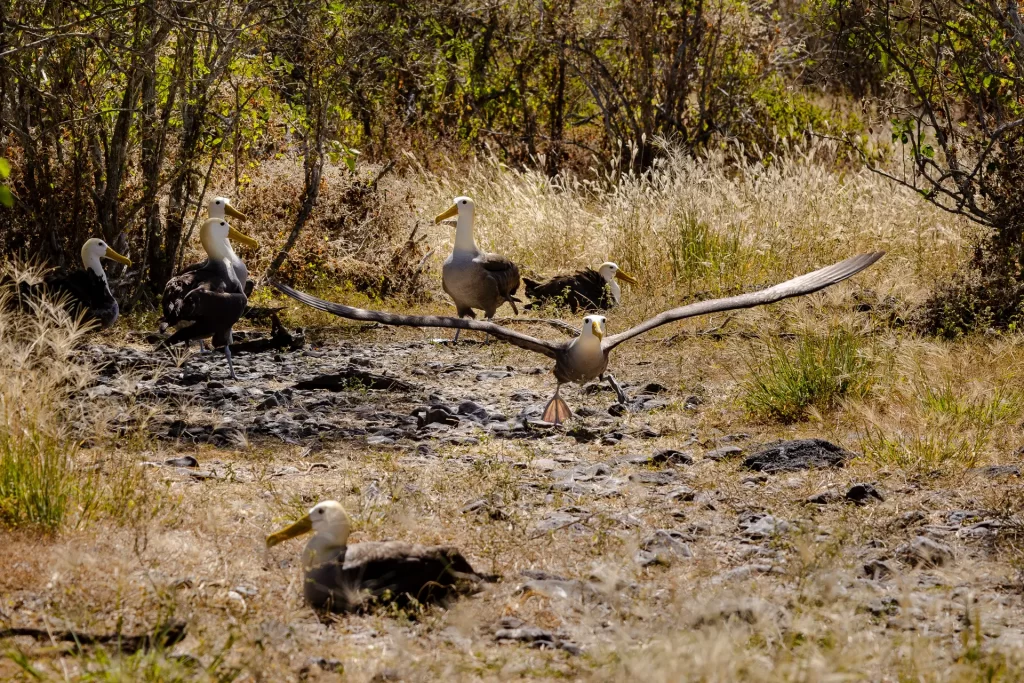
Another expedition to Santiago Island represented decisive action to help the endemic “Darwin’s tortoise” or Chelonoidis darwini, of which only 1,000 and 1,200 persist. These tortoises, primarily males, are in a critical situation, as they have been classified as “Critically Endangered” since 2015 by the International Union for Conservation of Nature (IUCN), indicating the need for urgent interventions for their survival. In November 2023, our team conducted an expedition to collect 169 eggs and 112 tortoise hatchlings, which were transported by helicopter back to the Breeding and Rearing Center on Santa Cruz Island, where they will be reared securing for reintroduction within five years, a vital effort to increase the population of Chelonoidis darwini.
Our team’s fourteen expeditions in 2023 represented a massive effort and logistical feat. They were also a testament to the earnest, ongoing efforts of our Iniciativa Galápagos program to safeguard the wildlife of Galapagos in the remote and difficult-to-access areas where it occurs. Our commitment to conserving the ecosystems of the Galápagos archipelago remains steadfast and could not be done without your direct support. By working together, we are preserving these natural treasures of Galápagos, ensuring their lasting protection and recovery.
